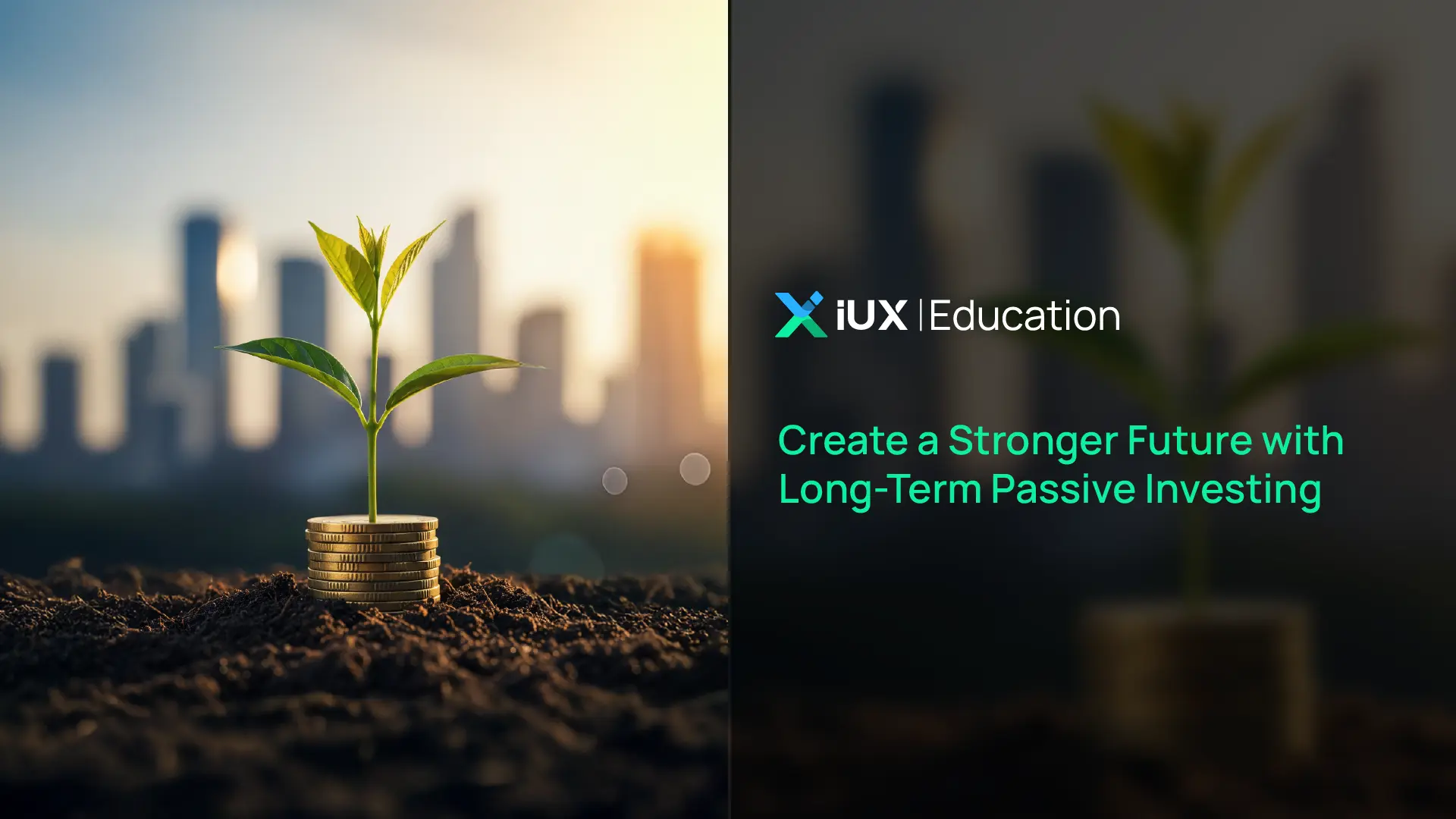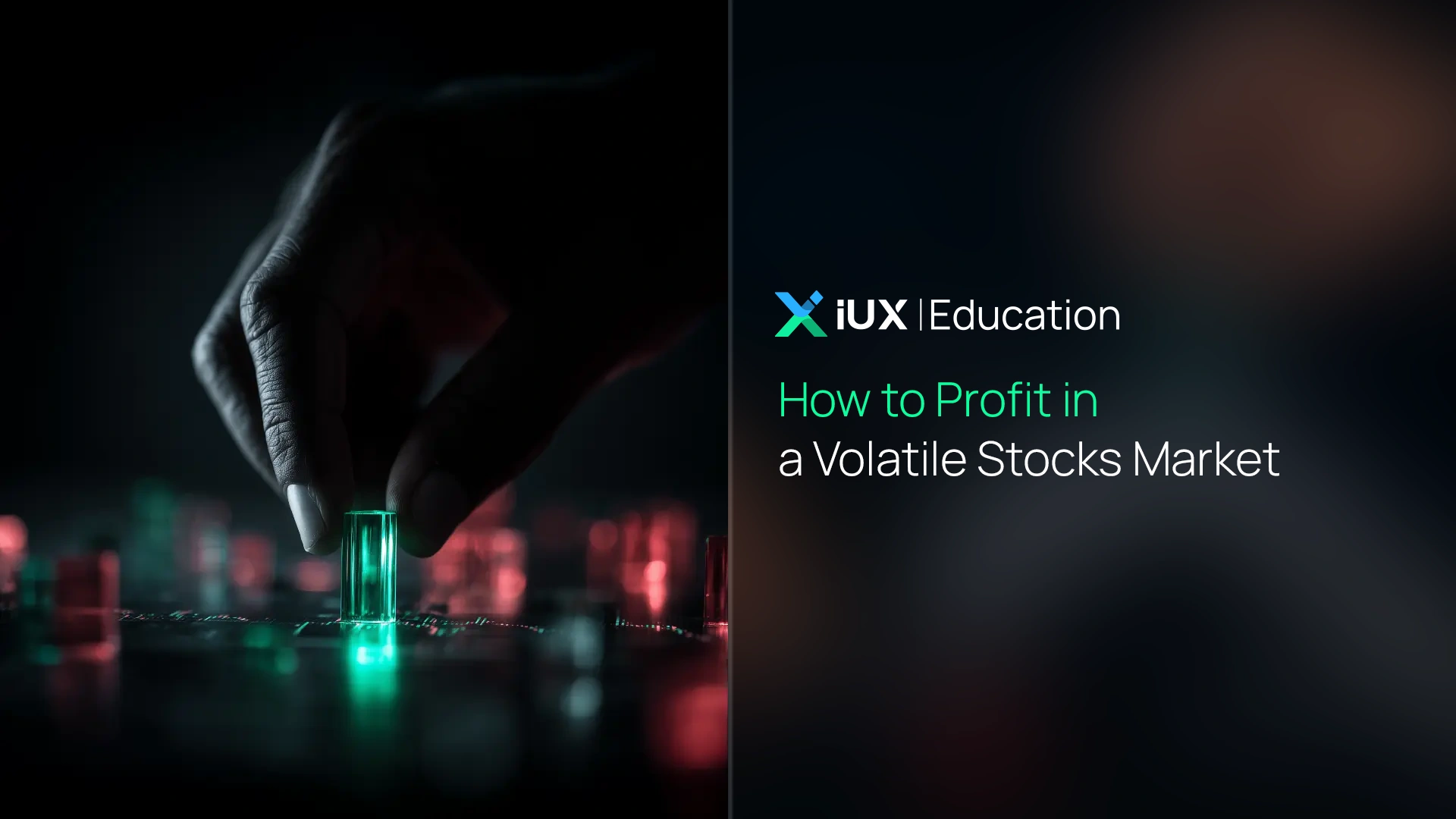CFDs are complex instruments and come with a high risk of losing money rapidly due to leverage. 76% of retail investor accounts lose money when trading CFDs with this provider. You should consider whether you understand how CFDs work and whether you can afford to take the high risk of losing your money.
CFDs are complex instruments and come with a high risk of losing money rapidly due to leverage. 76% of retail investor accounts lose money when trading CFDs with this provider. You should consider whether you understand how CFDs work and whether you can afford to take the high risk of losing your money.

Create a Stronger Future with Long-Term Passive Investing
Passive Investing: The Investment Approach Everyone’s Talking About
In today’s fast-paced world, many investors are turning to strategies that don’t require timing the market, constantly watching charts, or making daily trading decisions. One of the most popular approaches globally is Passive Investing—an investment style that follows market indices for long-term growth without the need for active management.
What Is Passive Investing?
Passive Investing is a strategy focused on generating returns that closely mirror the overall market, rather than trying to outperform it through frequent trading or selective stock picking. The core idea is to invest in a benchmark index—such as a major stock index—without attempting to choose the “best” stocks or avoid the “worst” ones. Instead, investments are made in alignment with the overall weightings of the index.
Popular tools used in Passive Investing include index funds and ETFs (Exchange-Traded Funds). These are specifically designed to replicate the performance of a given index. For example, if the benchmark index rises by 5%, the fund aims to deliver a return as close as possible—say +4.9% or +5.1%.
Read more: Passive Investing vs. Active Investing Which Strategy Fits You Best?
Why Has Passive Investing Become So Popular Today?
-
Ideal for Full-Time Workers with Limited Time
Passive Investing is perfect for busy professionals who don’t have time to monitor charts or research individual stocks. By investing in a broad market index, they can gain exposure to a wide range of stocks without needing to handpick each one.
-
Low Fees
Because passive funds don’t require active management or frequent portfolio adjustments, they typically come with much lower total expense ratios (TER) than actively managed funds. For example, the Vanguard S&P 500 ETF has a TER of just 0.03% (Vanguard, 2024).
-
Outperforms Most Active Funds in the Long Run
According to the SPIVA U.S. Scorecard (2023), over the past 10 years, more than 85% of actively managed funds underperformed the S&P 500 index, highlighting the long-term advantage of passive strategies.
-
Convenient and Cost-Efficient
ETFs can be bought and sold just like individual stocks, making them accessible and flexible. With just one account, investors can access global markets and start investing with as little as a few thousand baht. 1
Who Is Passive Investing For?
If you’re looking for a long-term investment strategy that doesn’t require timing the market or picking individual stocks every day, Passive Investing might be the right fit for you.
Here are the types of investors best suited for this approach:
-
Beginner Investors
If you’re new to the market and don’t yet have experience analyzing financial statements or business trends, starting with index funds or ETFs that offer broad diversification is a safe and straightforward entry point.
-
People with Limited Time
If you work full-time or have other responsibilities that prevent you from actively monitoring your portfolio, passive investing allows you to build a long-term financial plan without needing to check trading apps every day.
-
Retirement-Focused Investors
For those with a clear goal—such as building a retirement portfolio—passive investing offers low fees and market-matching returns, making it an ideal long-term strategy for financial stability.
-
Those Seeking Financial Freedom
This group consists of people who want their money to work for them, without having to put in a lot of effort managing their portfolio every day. Passive investing is therefore well-suited for steadily building wealth, using discipline and time as the main tools.
Put simply, Passive Investing is suitable for almost all types of investors—especially those who believe in the philosophy of “buy and hold.” In the long run, what matters most isn’t picking the perfect stocks, but staying in the market long enough and investing consistently with minimal costs. 2
Ready to start investing? Turn your investment mindset into a long-term financial plan with us.
Sign up and join IUX today to build a strong financial foundation together.
Sample Passive Investing Portfolios
For investors seeking a simple, low-maintenance, and well-diversified approach, passive investing can be tailored to all levels of experience. Below are two example portfolios that reflect different levels of simplicity and balance:
Example 1: Classic Diversified Portfolio
Perfect for beginners who want a balanced mix of growth and stability.
-
-
Global Equity ETF: 60%
-
Bond ETF (Medium- to Long-Term Government Bonds): 30%
-
Gold ETF: 10%
-
This portfolio allows you to benefit from global stock market growth while reducing volatility through the stabilizing presence of bonds and gold—both of which act as protective assets during market downturns.
Example 2: One-Fund Simplicity Portfolio
Ideal for investors who want maximum convenience with minimal management.
-
-
100% in a global index ETF, such as one that tracks the MSCI World Index or FTSE All World Index
-
A popular option is the Vanguard FTSE All-World UCITS ETF (VWRL), which offers broad exposure to global equities, including both developed and emerging markets—all in a single fund.
One of the key benefits of passive investing is that it automatically diversifies your portfolio across multiple dimensions—countries, industries, and currencies—without the need to analyze or select individual stocks.
This strategy is not only ideal for long-term investors, but also well-suited for those looking to build a disciplined financial plan. It emphasizes steady holding, minimizes unnecessary portfolio adjustments, and supports consistent investing over time. 3
Article you might interested in : Who Are ETFs Suitable For?
Summary
Passive Investing isn’t just a “do nothing” approach—it’s a proven global strategy that delivers stable long-term returns while effectively reducing the stress of short-term market fluctuations.
Whether you’re a beginner, a full-time employee, or even a seasoned investor seeking portfolio balance, Passive Investing can serve as a solid foundation for your long-term financial plan.
Because successful investing isn’t always about picking the perfect stock—it’s about discipline and staying in the market long enough to let your strategy work.
Note: This article is intended for preliminary educational purposes only and is not intended to provide investment guidance. Investors should conduct further research before making investment decisions.


